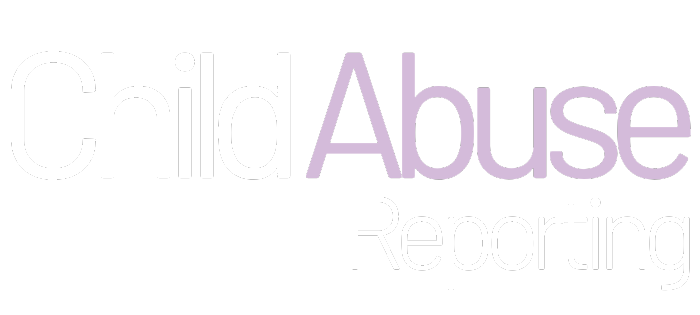| Key Concept #1: The state law authorizes Secondary Prevention, rather than Primary Prevention. | |
The term "child abuse prevention" means different things to different people.
Mandated reporters often call the Hotline to report cases in which there is a possibility that child abuse or neglect may occur, but there are no indicators to raise a reasonable suspicion that it has already occurred. These kinds of calls for primary prevention cannot be registered, and it leads to frustration for both CPS staff and mandated reporters. You have a role in the primary prevention of child abuse and neglect. You also need to be familiar with other community resources for the primary prevention of child abuse. Key Concept #2: The state law defines abuse and neglect based on Acts of Commission and Acts of Omission.
Both acts of commission and omission result in child abuse or neglect if these acts cause harm or imminent risk of harm to a child. Key Concept #3: There is a difference between civil laws and
Whether the case falls under criminal or civil law is determined by the extent to which the child has been harmed, and who caused that harm.
The Child Protective Services (CPS) Division of Monroe County’s Department of Human and Health Services works within the civil laws to respond to child abuse and neglect. If CPS encounters harm to children that may be criminally punishable, they can involve the police who work within criminal laws. Key Concept #4: Asking assessment questions vs. conducting an investigation: There is a difference between asking assessment questions and conducting an investigation. Some mandated reporters are afraid to ask questions when they notice an indicator because they are afraid of ‘messing up’ the investigation done by CPS. However, mandated reporters need to ask questions when they see an indicator.
If an indicator is observed, mandated reporters should ask assessment questions – see Question in Module 2. What should I do if I notice an indicator? Key Concept #5: Removal of child from home vs. service plan for family: The majority of children who are abused or neglected, cannot by law, be removed from their homes. While CPS does not have authority to remove the child except in rare circumstances (see below), CPS does take action. The state law allows a CPS worker to remove a child ONLY if there is ‘imminent danger’ of harm or injury.
So, for CPS, imminent danger means that the child is placed at risk of some harm or injury that could occur immediately. If CPS removes a child, they have to go to Family Court and get an order from a judge within 24 hours. The purpose of the civil laws that govern the child abuse and neglect reporting system are to rehabilitate the family. CPS is authorized to develop a service plan to help support the family and the child to reduce the chances of further abuse and neglect. |

